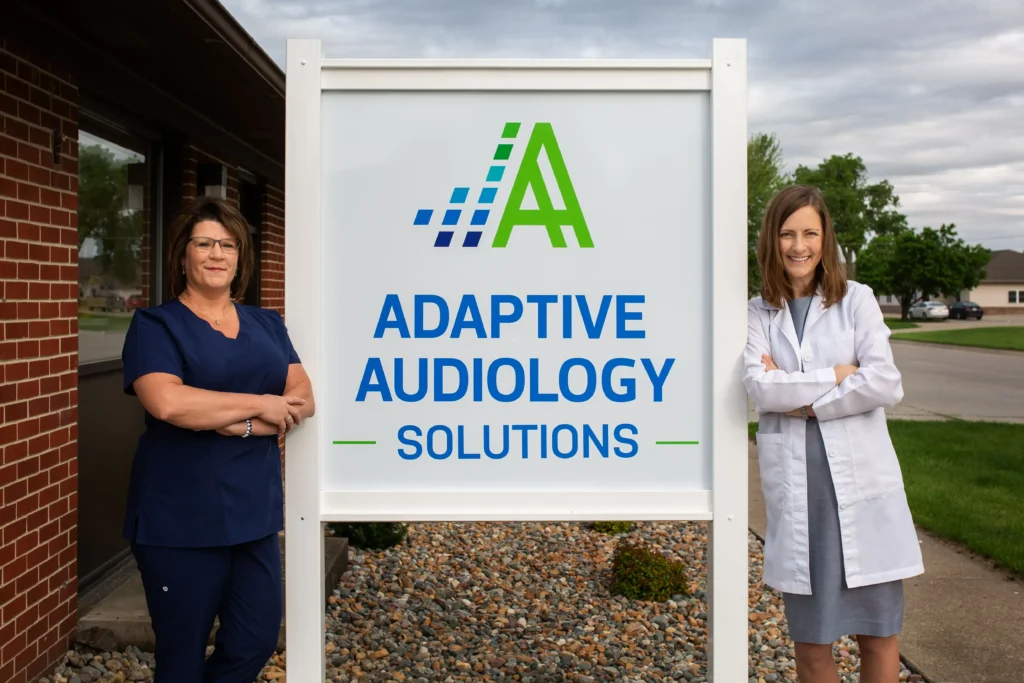Best practices in medicine are determined by research and clinical experience. Professional organizations that monitor and credential these medical professionals help provide these guidelines. Think of it in terms of a builder-they follow building code to build a house. If a roofer does not use the correct amount of shingles or nails, the roof may look fine on day one, but it won’t hold up and will result in an unhappy customer.
The same is true in medicine. If you do not follow best practices, you are likely to find yourself in trouble. You would never want to go to a surgeon who likes to just “wing it” and not respect the research and learning that built his or her profession.

Unfortunately, this is what has been going on for years in the hearing aid dispensing profession. For instance, while dispensing professionals understand that a procedure called real ear measurement is recommended, many do not do it. There are many reasons why professionals say they do not need to use real ear measurement. Unfortunately, they are all extremely poor reasons. Real ear measurement is a tool that independently measures what the hearing aid is doing in the ear. In just this past week alone, I had two people come in from other clinics, unhappy with their hearing aid’s ability to enhance their hearing. Immediately after running real ear measures, it was obvious why. However, I can guarantee that the professionals that fit them with their hearing aids thought, based on the manufacturer’s software, that they were doing a fantastic job. Therefore, best practices are important. They are independent and clinically proven, relying on research conducted independent of corporate hearing aid manufacturer research.
At Adaptive Audiology Solutions we follow best practices. Upon fitting or adjusting hearing aids, we use real ear measurement to ensure that we have the proper fit and that the hearing aids are set correctly. This drastically reduces the number of issues with sound quality and overall performance, and because of using this clinical tool, our patients come in less often with complaints. In fact, after implementing real ear measurement in our practice, our follow up appointments were reduced by 50%. Our patients love that they do not have to come in as frequently “to get their hearing aids set right”.
Other best practices include a thorough audiological evaluation, speech testing in noise, setting goals for hearing aid performance and verifying that those goals are being met. Testing the patient in the booth with the hearing aids on and comparing the scores to their unaided performance are also a critical component of best practices.
The main reason other professionals do not employ these best practices is that they take time, and they require investing in extra equipment. At Adaptive Audiology Solutions, we are committed to your success and we will always invest both the time and money required to achieve the best outcomes for our patients. Best practices result in the best outcomes. Call Adaptive Audiology Solutions at 712-775-2625 to get the job done right for you!
Valente, Michael, Bentler R, Kaplan H, Seewald R, Trine T. Guidelines for hearing aid fitting for adults. (1998) American Journal of Audiology, Vol. 7, 5-13.

